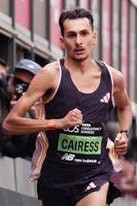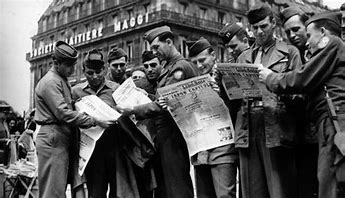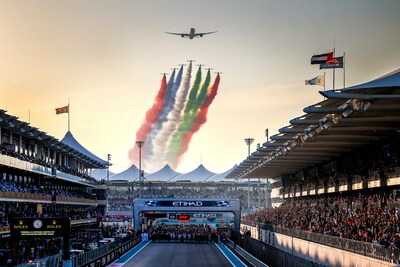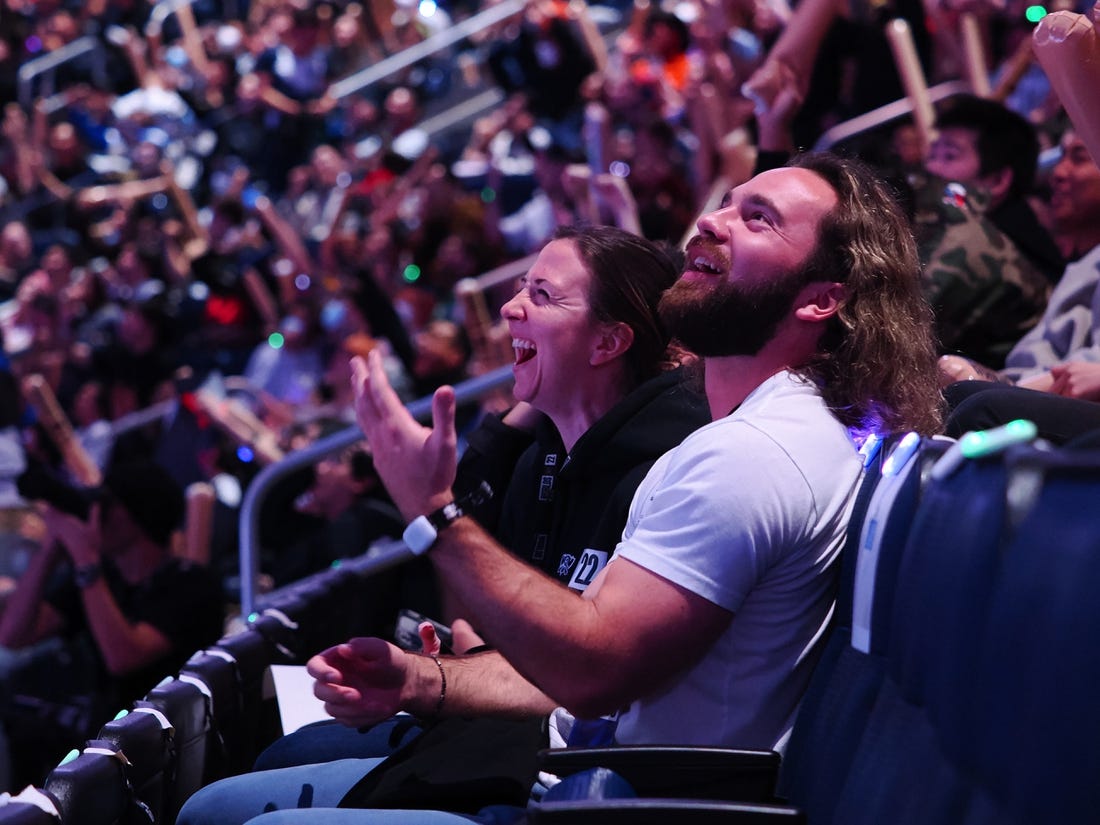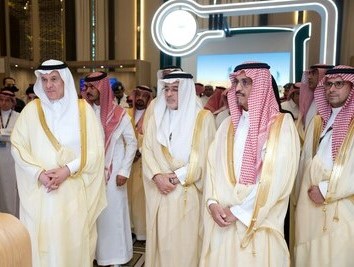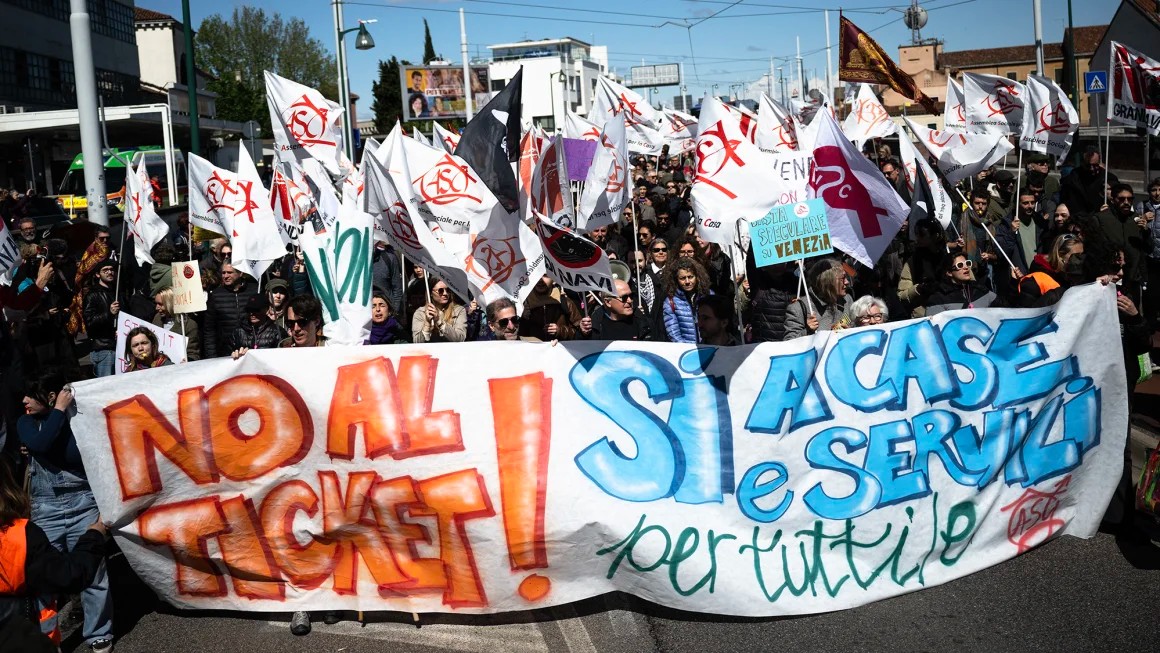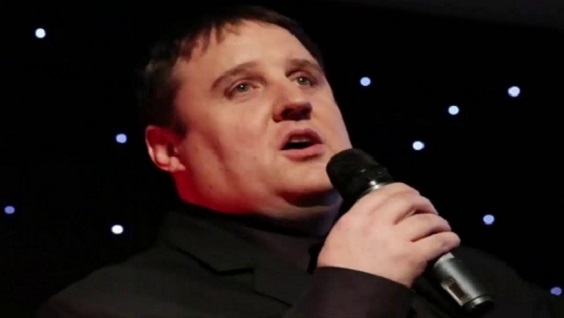The day that World War II effectively ended is commonly known as V-J Day, or Victory over Japan Day, when Imperial Japan surrendered to the Allies.
Japan surrendered on August 15, 1945 (which was August 14 in the Americas and Eastern Pacific Islands). September 2, 1945, was the day the formal surrender ceremony took place in Tokyo Bay, aboard the battle vessel USS Missouri, at the war’s end. As General Douglas MacArthur, supreme Allied commander in the Pacific, prepared to accept the surrender on that September day, President Harry Truman delivered a speech in Washington. “This is a victory of more than arms alone,” Truman said. “This is a victory of liberty over tyranny.”
“Liberty does not make all men perfect nor all society secure,” he added. “But it has provided more solid progress and happiness and decency for more people than any other philosophy of government in history.”
In 1946, Truman changed the name to Victory Day, to signal improving relations with Japan. It is still colloquially referred to as V-J Day, and its 75th anniversary (whether marked in August or September) offers a chance for the world to reflect on the triumph. Historians have archived memories from many veterans, and below we share three examples:
A few years before his death in 2010, Braulio Alonso, from Florida, spoke to an interviewer from the University of Texas at Austin who was documenting Hispanic American veterans’ World War II experiences. Alonso, a recipient of the Purple Heart and Bronze Star with clusters for his Army service, recalled the liberation of Italy’s capital as the war reached a significant turning point, with Allied forces pouring into Rome on June 4, 1944. (The interviewer’s transcript erroneously lists the year as 1945, but Alonso’s grandson, Walt Byars, confirms that his grandfather’s wartime service placed him in Rome in 1944.)
Captain Alonso and nine soldiers from his unit, all Catholics, hatched an extravagant plan to visit the pope. At St. Peter’s Square in the Vatican, the soldiers — in combat gear — approached a Swiss guard and asked to see the Holy Father. The guard, said Alonso, was surprised but agreed to convey their request.
Moments later, an Irish priest appeared and asked the soldiers “where we were from and so forth,” Alonso said. The priest said he thought a visit could be arranged. An astonished Alonso was escorted with the others into an empty room.
“Here comes a lean … frail individual, [Pope] Pius XII, who came in and spoke to us in English,” Alonso recalled. “And he said he was happy to see that the war was over, and he wanted peace.” The pope told the soldiers he wanted to pray with them, and he asked them to pray for everyone who was involved in the war, enemy and ally alike.
The pope gave each of the soldiers a medal. “That’s the most memorable thing that ever happened to me in Italy,” Alonso said.
Staff Sergeant Yukio Kawamoto was born in California to parents who came to the United States from Hiroshima, Japan.
During the war, Kawamoto translated documents and interrogated Japanese prisoners with the Army’s Military Intelligence Service in the Pacific, ultimately receiving a Congressional Gold Medal for his service.
“I was no hero, but I did do my best under trying circumstances,” he told a Library of Congress interviewer in 2003. (Kawamoto died in 2019.)
Adding to Kawamoto’s trials was the fact that shortly after he was drafted, the U.S. government moved his parents to a relocation camp. President Franklin Roosevelt had signed Executive Order 9066, resulting in the internment of some 120,000 Japanese Americans, following the Japanese attack on Pearl Harbor. (In 1988, the U.S. apologized for the injustice and began disbursing more than $1.6 billion in reparations to those who had been interned and their heirs.)
The Japanese prisoners Kawamoto interrogated were generally cooperative, he said. One even warned interrogators about a major Japanese attack, giving American troops time to repel it, saving lives. “That two weeks’ head start really helped,” Kawamoto said.
Lieutenant Robert G. Mackey recalled standing aboard the USS Missouri on September 2, 1945, and witnessing the signing of the surrender documents, which took place on the ship’s deck. On the day of the surrender, the Navy man showed kindness to a Japanese newspaper reporter, making sure he had a view of what was happening.
“I took him up to the top” of a turret, so he could see the deck, Mackey told a Library of Congress interviewer in 2003, the year before he died.
Mackey said he watched the participating Japanese officials climb up a ladder to the ship’s 01 level as the Navy prepared for the ceremony. Four or five other people were wearing civilian clothes. One general was present, he said.
“And all behind the table, they lined up — [representatives of] all the countries that were involved in World War II,” Mackey recalled. “The Dutch and the British and the French and also the Russians, and then [General] MacArthur came out … and accepted the surrender. He told them to put names down and all that sort of thing.”
The table was merely a mess hall table that Mackey talked Navy Commander Harold Stassen, an eventual signatory of the United Nations Charter, into using. “[Stassen] sent a boatswain down to get [the] mess table” and a steward mate to get a green felt cloth that “we’d throw over the tables we’d played cards on,” Mackey recalled. “I said, ‘Harold, it looks all right to me!'”
After the ceremony was over and everyone dispersed, as the ship was getting ready to leave Tokyo Bay, a flotilla of about “a hundred or 200 American airplanes … flew over the ship” in salute, Mackey said.



